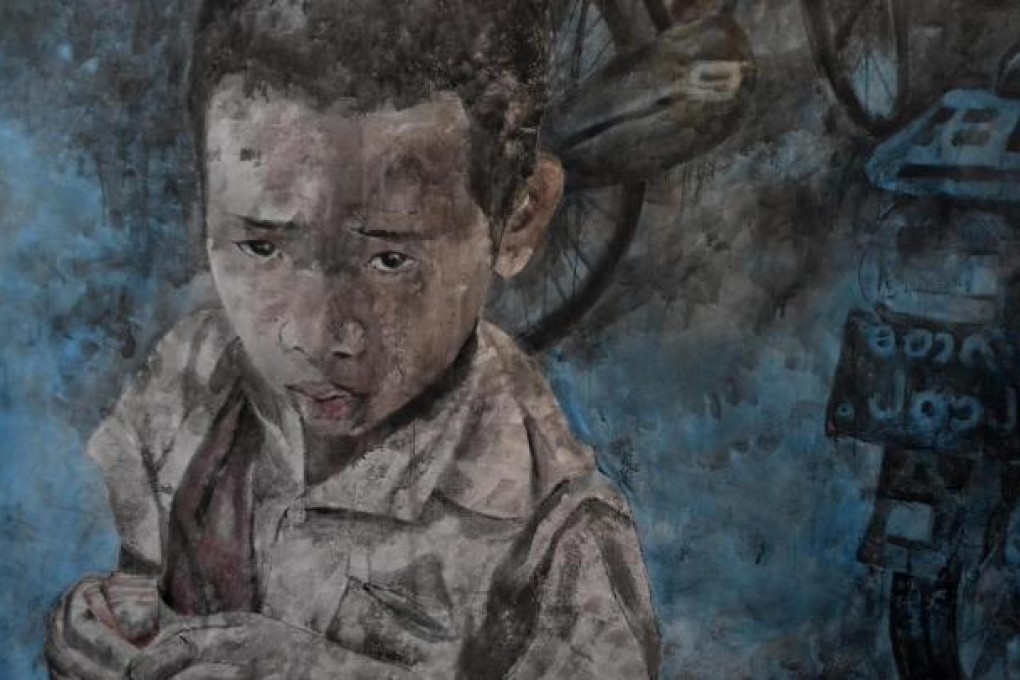Asian artists to watch in 2013
These are exciting times for art in Asia and this quintet of exponents exemplify why, writes Clara Chow

With new art museums, galeries, biennales, fairs, prizes and auction houses mushrooming at an accelerated rate across the region during the past few years, Asia - with a growing army of contemporary artists - is now a force to be reckoned with on the international art scene.
Art Stage Singapore closed in thunderous applause at the end of last month after recording more than 40,000 visitors over the five-day event, while Manila has just staged its inaugural Art Fair Philippines and India its first art biennale in Kochi.
With more major international art events still in the pipeline - including Art Basel's first Hong Kong edition in May and the 55th Venice Biennale the following month - the South China Morning Post spoke to directors and curators from galleries and museums throughout the region to identify five Asian artists that the global art world will be keeping an eye on during 2013.
She might be channelling a death wish into conceptual art - or she's just an absolutely fearless lenswoman. Either way, photographer Ahn Jun has grabbed nervous viewers by the eyeballs with her self-portraits snapped while she is perched precariously on ledges at the top of skyscrapers.
